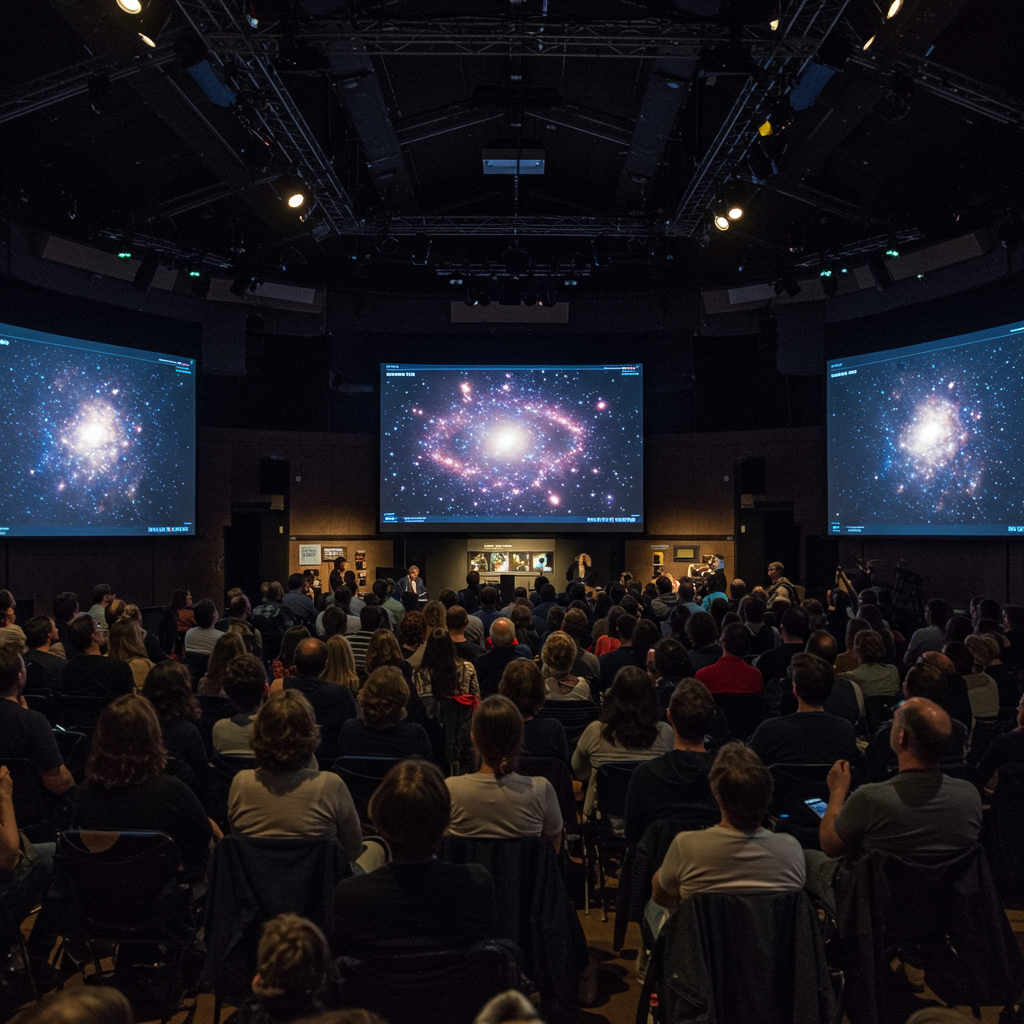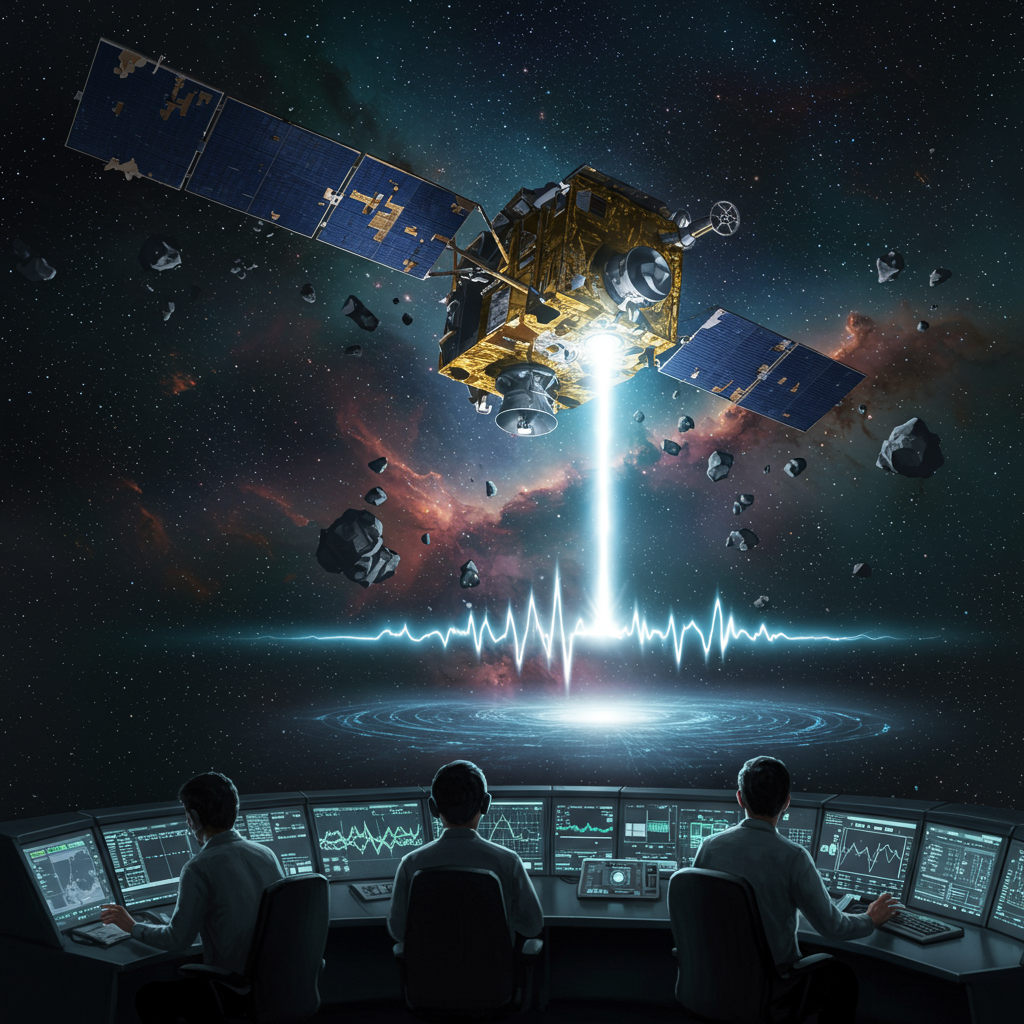The pace of modern space exploration continues to accelerate, marked by ambitious missions that are reshaping our connection to Earth and beyond. Early Saturday, June 28, 2025, SpaceX added another chapter to this era, successfully launching a critical batch of starlink satellites into orbit. This mission wasn’t just another routine flight; it represented the first half of a rare “doubleheader,” showcasing the company’s remarkable operational tempo. Blasting off from Florida’s Space Coast just after midnight, this launch set the stage for a second mission planned for later the same day from California. Together, these flights aim to significantly expand the world’s largest satellite constellation, enhancing global internet access and supporting SpaceX’s visionary goals.
First Launch Success: Adding Satellites to the Megaconstellation
The initial mission of SpaceX’s busy Saturday began precisely at 12:26 a.m. EDT. A reliable Falcon 9 rocket soared into the predawn sky from Space Launch Complex 40 (SLC-40) at Cape Canaveral Space Force Station in Florida. Aboard this flight were 27 Starlink broadband internet satellites, specifically designated as the Group 10-34 payload. These advanced satellites are designed to join the rapidly expanding network in low Earth orbit (LEO).
Approximately nine minutes after leaving the launch pad, the satellites successfully reached their initial orbital insertion point. Deployment of the 27 spacecraft was then scheduled to occur around 50 minutes after liftoff, carefully placing them into their operational paths high above Earth. This precision is crucial for integrating new satellites into the existing, vast network.
Falcon 9’s Return: A Routine Recovery
A key element of SpaceX’s operational model is the reusability of its rockets. Minutes after the first stage separated and the upper stage continued towards orbit, the booster, identified as B1092, began its controlled descent back to Earth. Targeting an automated landing on an ocean-based droneship positioned off the Florida coast, the booster executed a flawless touchdown on the platform named “A Shortfall of Gravitas.”
This successful recovery marked the fifth flight for this specific Falcon 9 first stage. Booster B1092 had previously supported a diverse set of missions, demonstrating its versatility and the maturity of SpaceX’s recovery technology. Its prior launches included:
CRS-32 (a cargo resupply mission to the International Space Station)
NROL-69 (a national security payload launch)
GPS III-7 (a U.S. Space Force navigation satellite)
Two prior Starlink missions before this one
The ability to reliably recover and refly these expensive rocket components is fundamental to reducing the cost of accessing space.
The Saturday Doubleheader: Two Coasts, One Goal
The early morning liftoff from Florida was just the warm-up act for SpaceX on June 28th. The company had a second SpaceX Starlink launch scheduled for later that day, this time from the opposite side of the United States. The second mission was planned to originate from Space Launch Complex-4E (SLC-4E) at Vandenberg Space Force Base in California.
Scheduled for a 12:47 p.m. EDT (1643 GMT) liftoff, the California launch aimed to add another 26 Starlink relay satellites to the constellation. Executing two launches on the same day from two different launch sites underscores the remarkable pace of SpaceX’s operations in 2025. This isn’t the first time the company has attempted or completed such a feat this year, highlighting its high mission cadence. For instance, SpaceX conducted doubleheaders on May 12/13 (California and Florida Starlink launches), March 31 (Starlink from Florida followed by a crew mission), and May 31 (Starlink from California).
Rapid Constellation Growth: Nearing 8,000 Satellites
The primary objective of these frequent Starlink missions is the rapid expansion of the satellite network. According to expert satellite tracker Jonathan McDowell, these two launches were projected to push the total count of active satellites in SpaceX’s Starlink network past the 7,900 mark. This continued growth solidifies Starlink’s position as the largest satellite constellation ever deployed in Earth orbit.
The sheer scale of the project is astonishing. Earlier in 2025, around April 5th, McDowell reported over 7,100 active satellites. By May 12th, that number had surpassed 7,600 active units out of nearly 8,790 launched in total. Reaching over 7,900 active satellites just weeks later in June vividly illustrates the exponential rate at which SpaceX is building out this global broadband infrastructure.
Strategic Vision: Starlink’s Role in SpaceX’s Future
Beyond providing global internet access, the Starlink project holds significant strategic importance for SpaceX’s long-term ambitions. SpaceX founder Elon Musk has stated that the revenue generated by Starlink services is crucial for funding the company’s more audacious future plans, particularly its efforts aimed at sending humanity to Mars. He frames Starlink as a vital financial engine directly contributing to the development and execution of missions designed to make life interplanetary and ensure the future of civilization.
Starlink’s success relies heavily on the high frequency and cost-effectiveness of Falcon 9 launches. SpaceX has demonstrated an unprecedented launch cadence in 2025; by mid-May, the company had already completed 56 Falcon 9 missions, with a significant proportion – as high as two-thirds according to reports from early April – dedicated specifically to deploying Starlink satellites. This commitment to frequent launches from multiple sites, combined with reusable boosters like B1092 and others that have flown 19 or even 25 times, is key to building the constellation at this scale.
Frequently Asked Questions
How many Starlink satellites did SpaceX launch on June 28, 2025?
SpaceX launched a total of 53 Starlink satellites across two separate missions on Saturday, June 28, 2025. The first launch from Cape Canaveral, Florida, carried 27 satellites, while the second launch later the same day from Vandenberg, California, was planned to carry an additional 26 satellites.
Where did SpaceX launch the Starlink missions from on June 28?
The two Starlink launches on June 28, 2025, originated from two different locations. The first mission lifted off from Space Launch Complex 40 (SLC-40) at Cape Canaveral Space Force Station in Florida. The second mission later in the day was planned to launch from Space Launch Complex-4E (SLC-4E) at Vandenberg Space Force Base in California.
Why is SpaceX launching so many Starlink satellites?
SpaceX is rapidly launching Starlink satellites to build out a vast broadband internet constellation aimed at providing high-speed internet access globally, especially to underserved areas. According to Elon Musk, revenue from Starlink subscriptions is essential funding for SpaceX’s long-term goal of enabling humanity to become a multiplanetary species, particularly through Mars missions. The continuous launches support the expansion and maintenance of this critical network.
Looking Ahead
The successful first launch of the Saturday, June 28th doubleheader from Cape Canaveral represents another step forward for SpaceX and its Starlink initiative. By adding 27 new satellites to the constellation, SpaceX continues to enhance its global internet service capabilities. The planned second launch later in the day from Vandenberg would further accelerate the growth, pushing the total number of active satellites well past the 7,900 mark. These rapid, high-volume deployment missions, enabled by reliable, reusable Falcon 9 rockets and efficient operations across multiple launch sites, are not only transforming global connectivity but also powering SpaceX’s ambitious vision for the future of space exploration, including the journey to Mars.



